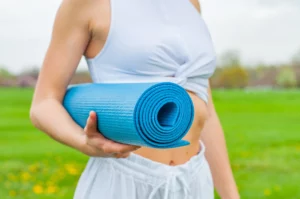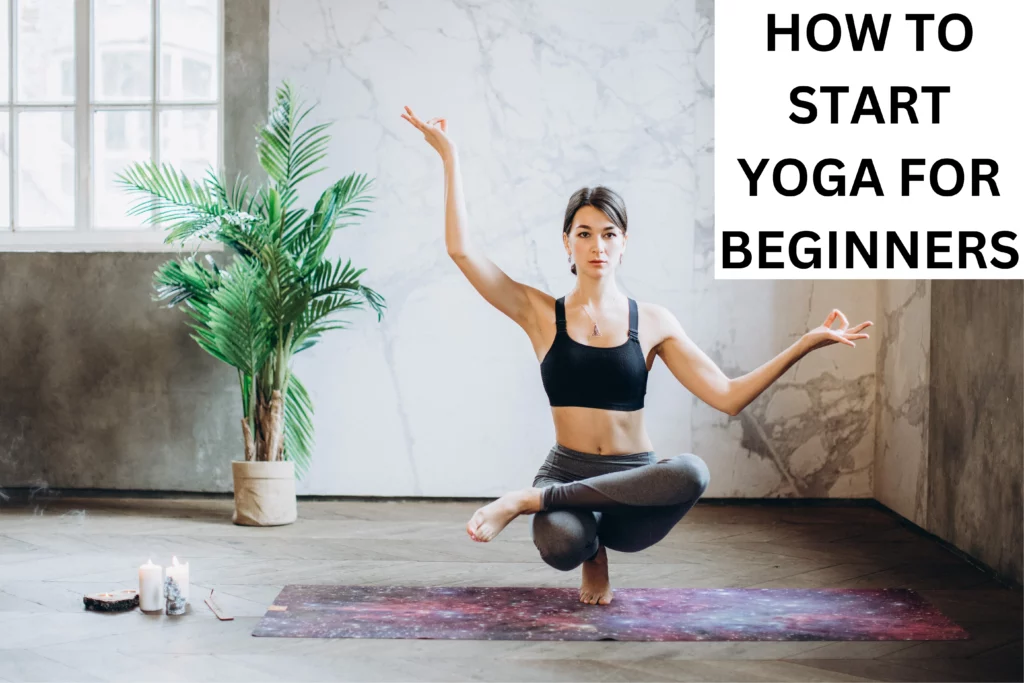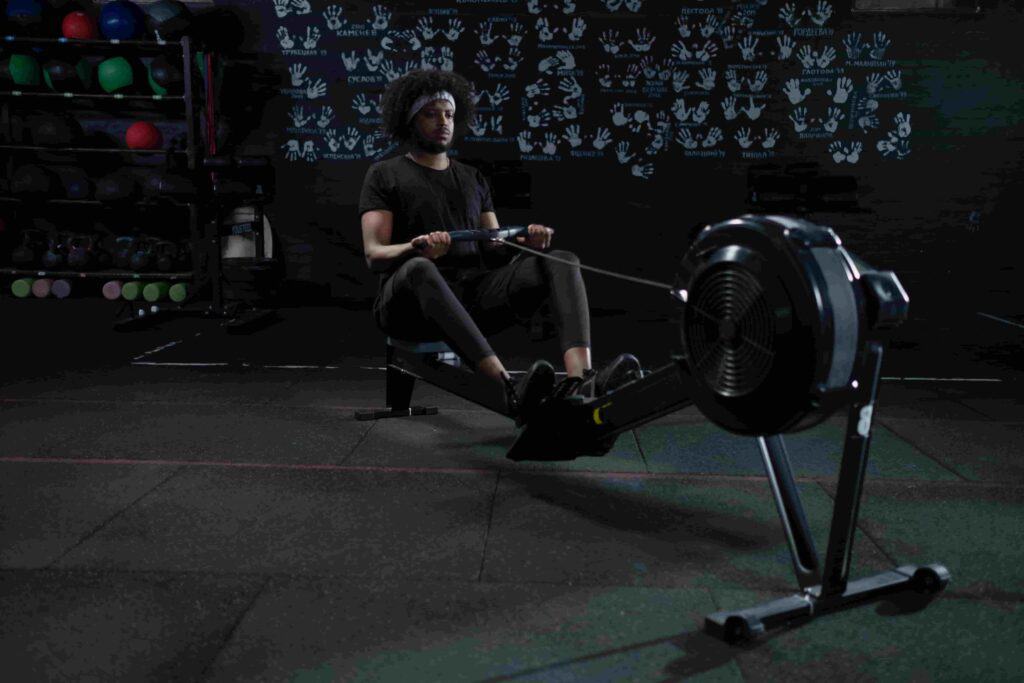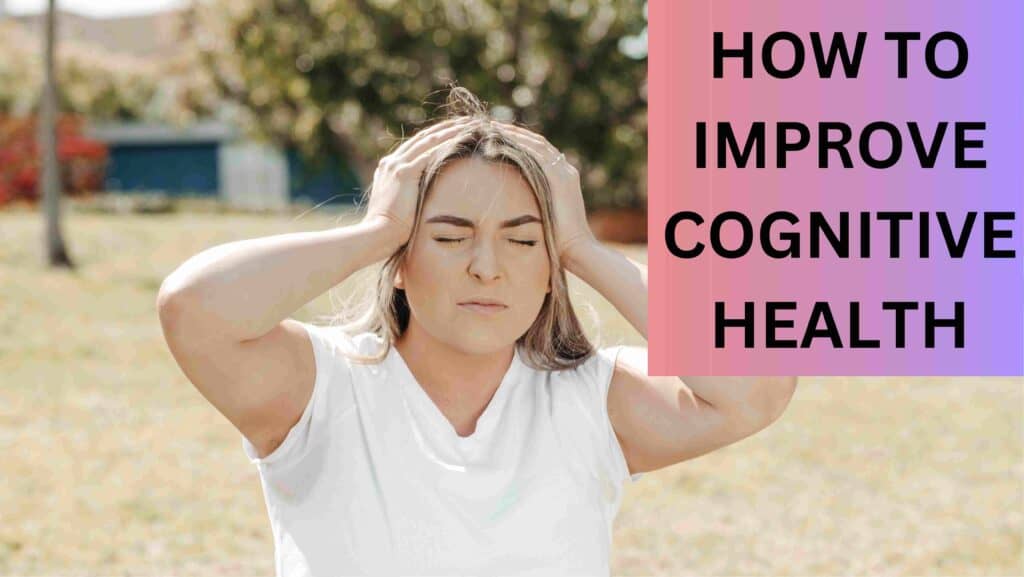Do you wish to start yoga? This ancient practice has been around for thousands of years and offers numerous benefits.
If you’re a beginner, this guide is designed to help you get started. We’ll teach you physical postures, breathing exercises, meditation, and relaxation techniques that can help improve flexibility, reduce stress, and increase mindfulness.
Table of Contents
How to Start Yoga for Beginners
If you want to make a positive impact on both your physical and mental well-being, yoga is a great option. With its many benefits such as improved flexibility, reduced stress, and a calmer state of mind, yoga can help you reach your desired outcomes. If you’re just starting with yoga, here are some tips to get you going:
Set Your Intention
Before you begin your yoga practice, take some time to think about why you’re starting. Reflecting on your intentions can help you stay motivated and dedicated to your practice. Ask yourself if you’re looking to increase your fitness, manage stress, or find a way to relax. Having a clear understanding of your purpose can help you stay on track.
Find a Suitable Space

Look for an area in your house that is big enough for you to lay out a yoga mat and do yoga without any disturbances. Ensure the space is uncluttered and secure before starting your practice.
Gather Your Equipment

To get the most out of your yoga practice, it’s important to have the right equipment. Invest in a high-quality yoga mat that provides cushioning and grip. Other useful items to have handy include yoga blocks, a strap, and a bolster, which can help you get the most out of certain poses.
Explore Different Styles
Do some research to learn about the various types of yoga, such as Hatha, Vinyasa, Ashtanga, and Yin. Every style offers distinctive advantages and concentrates on distinct facets of yoga, so pick one that meets your ambitions and interests.
Start with Beginner-Friendly Poses
If you are new to yoga, it is important to start with poses that are manageable for your body. Begin with simple standing postures such as Mountain Pose (Tadasana), Warrior I (Virabhadrasana I), and Triangle Pose (Trikonasana).
Once you have become comfortable with these, move on to seated poses and forward bends, like Seated Forward Bend (Paschimottanasana) and Child’s Pose (Balasana).
To further your practice, there are plenty of online yoga classes and tutorials available for beginners. Many websites offer free or low-cost classes so you can practice in your own home and at your own pace. Follow along with experienced yoga instructors who can give you directions on proper alignment and modifications.
Practice Mindfulness and Breath Control
By using pranayama (mindful, deep, slow, and controlled breathing) in your yoga practice, you can boost your oxygen intake, reduce stress, and create a stronger bond between your body and mind.
Be Patient and Consistent
Being a beginner in yoga, it is important to be gentle and accepting of your progress. Remember that yoga is a journey, not a destination. Some days you may feel more flexible and relaxed than other days, and that is completely normal. The key is to practice yoga regularly, even if it is only for a short amount of time each day. Have patience and be consistent!
Listen to Your Body
Stepping out of your comfort zone and testing your abilities is crucial, but it is just as important to be mindful of what your body needs. Don’t overexert yourself or try to do things that don’t feel right. Respect the limitations of your body and use modifications or props if needed. Through regular practice, you will gain greater strength, flexibility, and assurance.
Seek Guidance
If you are uncertain of the correct way to execute a yoga pose or have any concerns or limitations, it is advisable to seek the assistance of an accredited yoga instructor. They can provide personalized advice, assist you in proper form, and offer modifications that are specific to your requirements.
Attending a few classes in person or having one-on-one sessions can help you obtain a better understanding of and familiarity with yoga.
Conclusion
Starting yoga as a beginner can be daunting, but with dedication and effort, it can be an immensely beneficial and life-changing experience. Hold on to optimism and be aware of the rewards that yoga can bring.
I am a health and fitness enthusiast. I take anything and everything that improves my health seriously. Hence, I try to share my knowledge in helping people that wish to up their health status to one that enables them to live strong with confidence.
We also review health and fitness equipment such as treadmills, elliptical trainers, spin bikes. recumbent bikes and many more.






